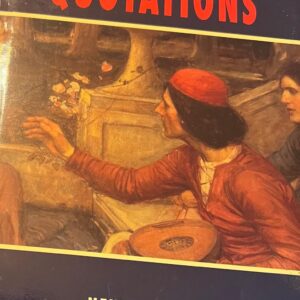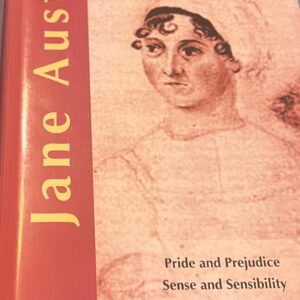In her book, Schulkins examines John Keats’s re-working of the romance genre, positing that his poetry is a critique of the feminine ideals of modesty and asexual femininity prevalent in the early 19th century. Through close readings of Keats’s major poems, including “Isabella; or the Pot of Basil,” “The Eve of St. Agnes,” “Lamia,” and “La Belle Dame sans Merci,” Schulkins offers a fresh interpretation.
She argues that Keats’s use of sexual imagery counters the conservative morality of his time by subtly including taboo desires and the pleasures of masturbation. By doing so, Keats presents a vision of female sexuality that actively undermines the prevailing societal view of women as sexually inert or passive. Schulkins’s work challenges earlier feminist criticism that often labeled Keats as a misogynist poet who was threatened by female sexual and creative power. She shows that such criticism often fails to distinguish between the poet’s ideology and the text itself, and it doesn’t recognize the socio-sexual and political undertones embedded in Keats’s depiction of women. Ultimately, the book reveals how Keats’s political stance on sexuality and his rejection of the asexual female model influenced the structure, plot, and language of his romances.







Reviews
There are no reviews yet.